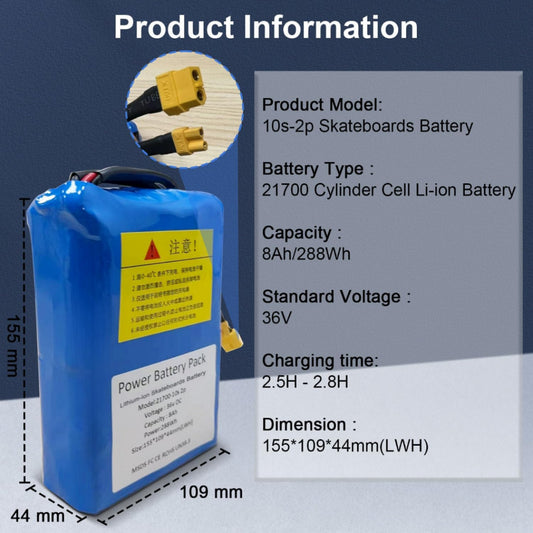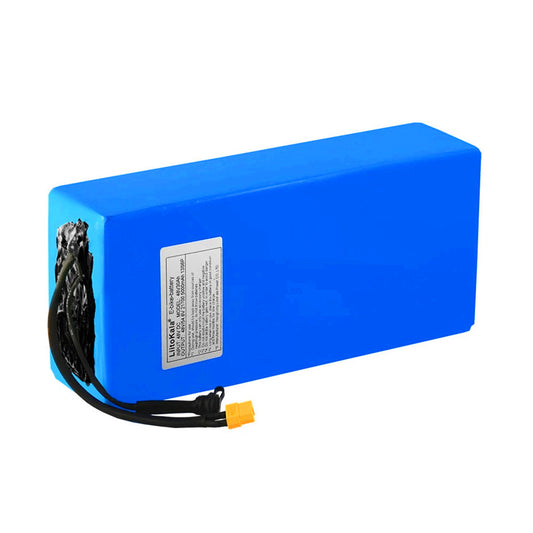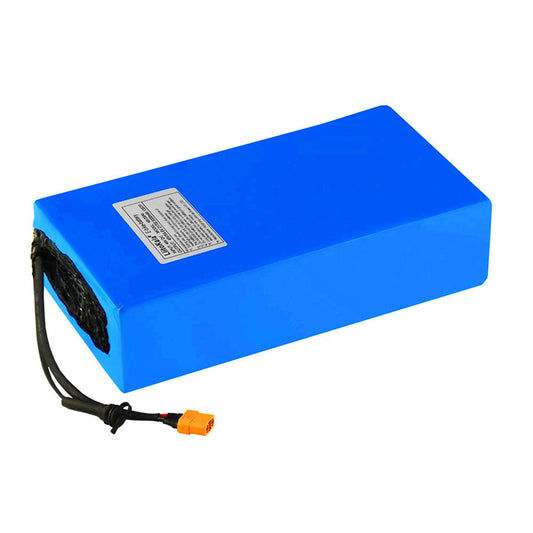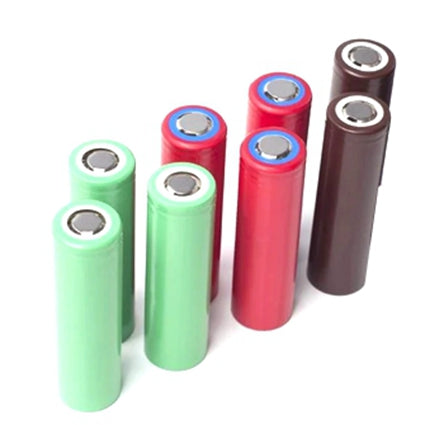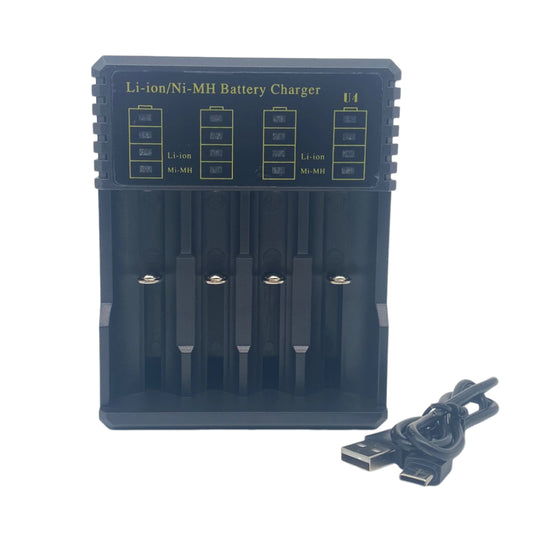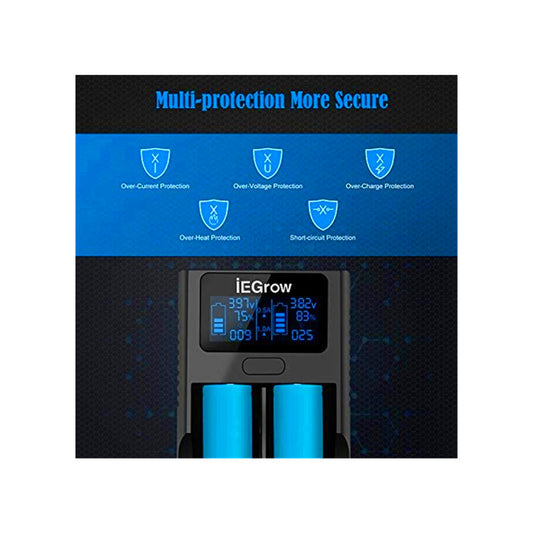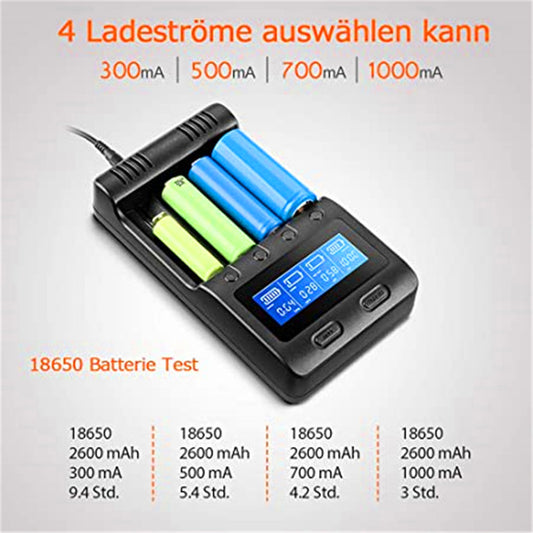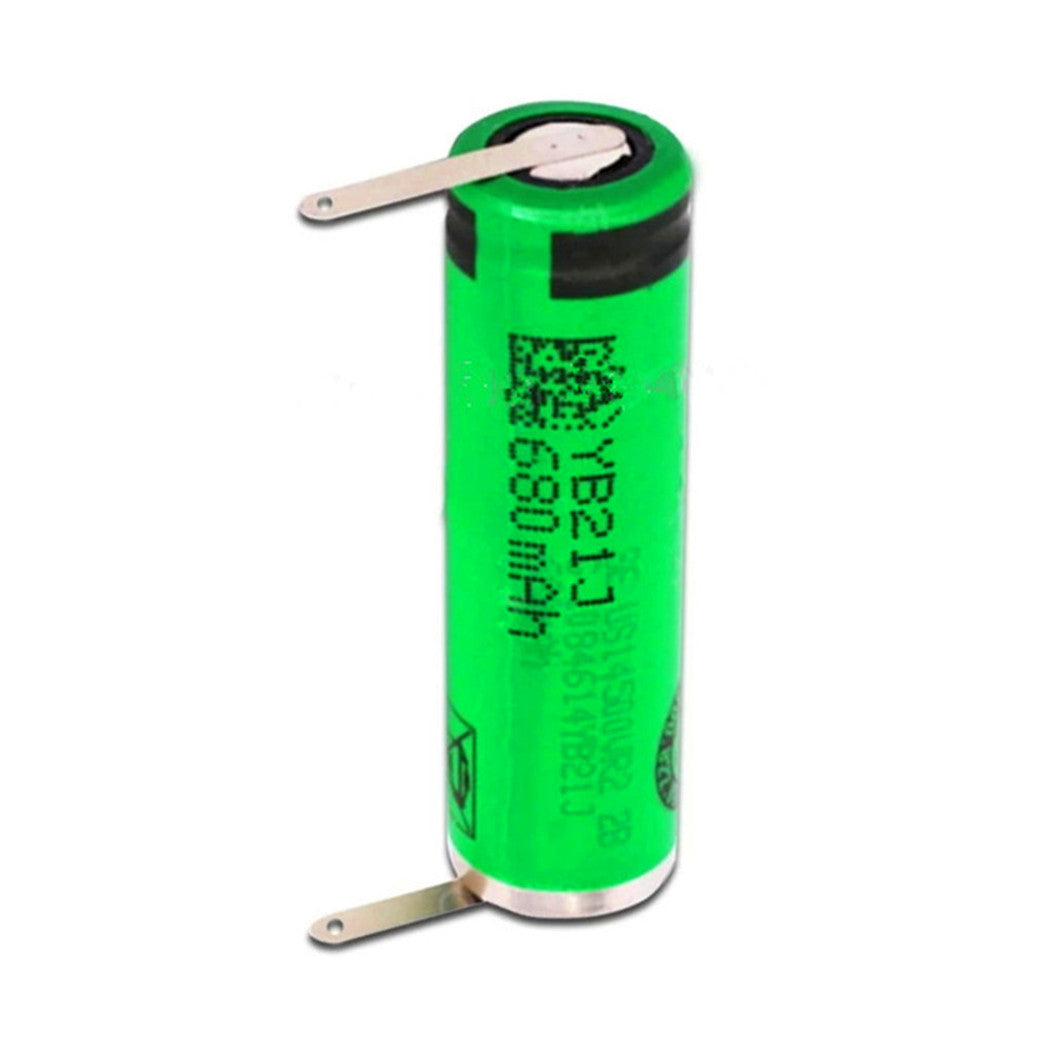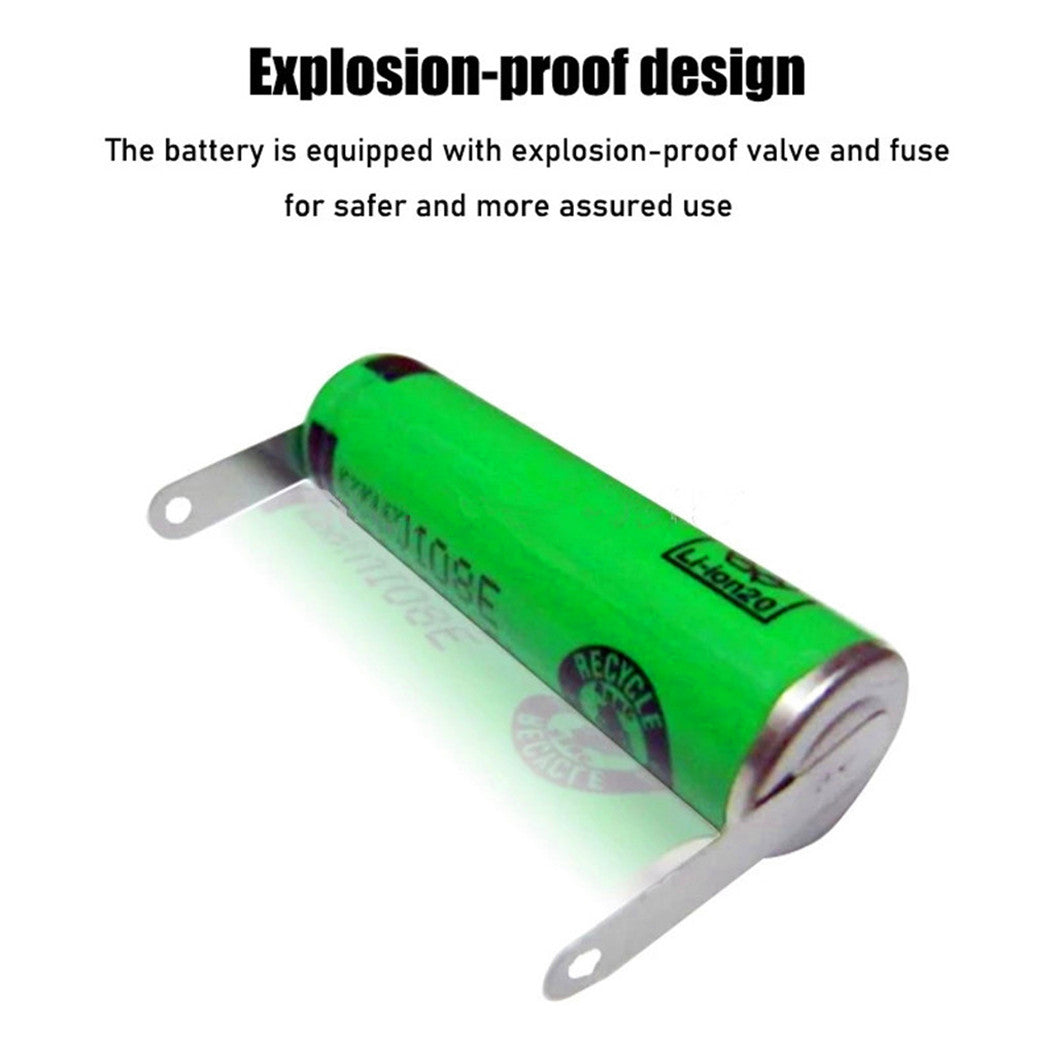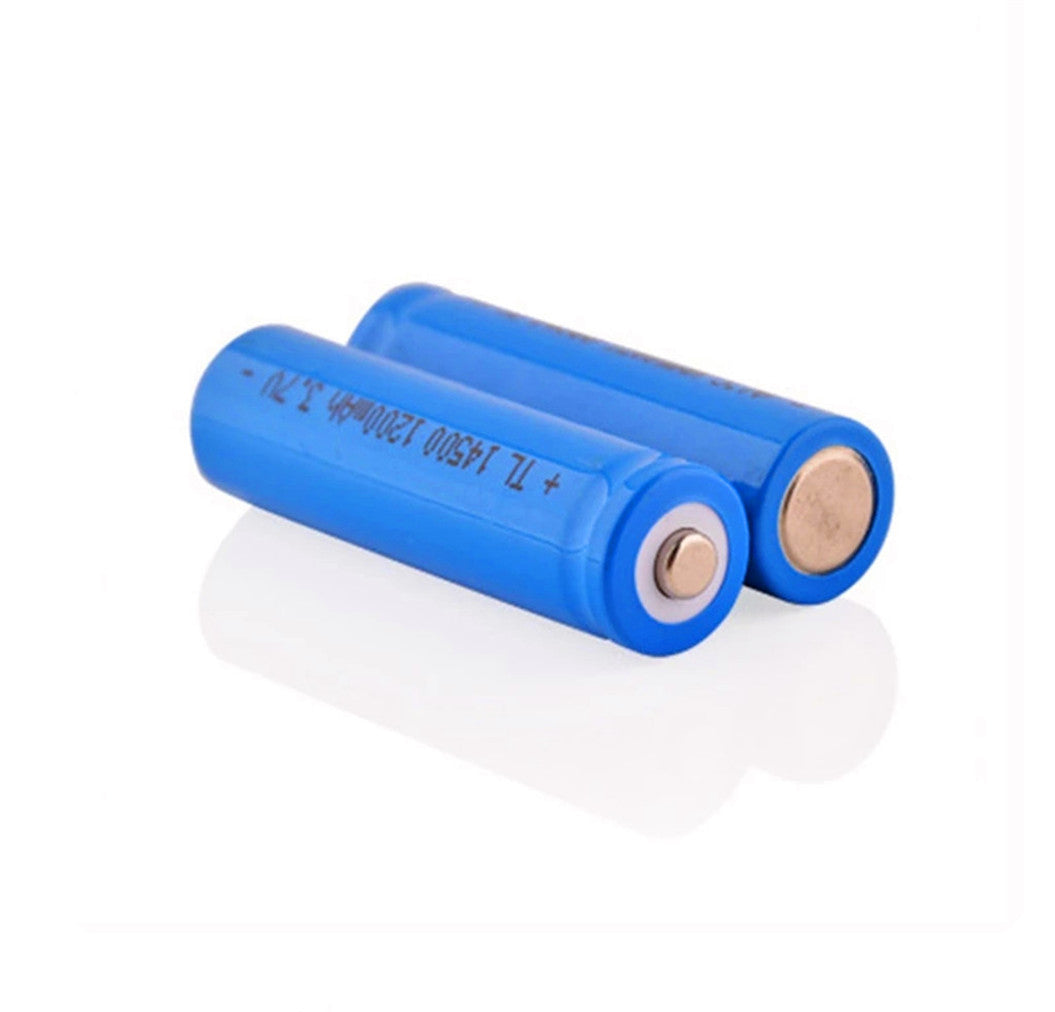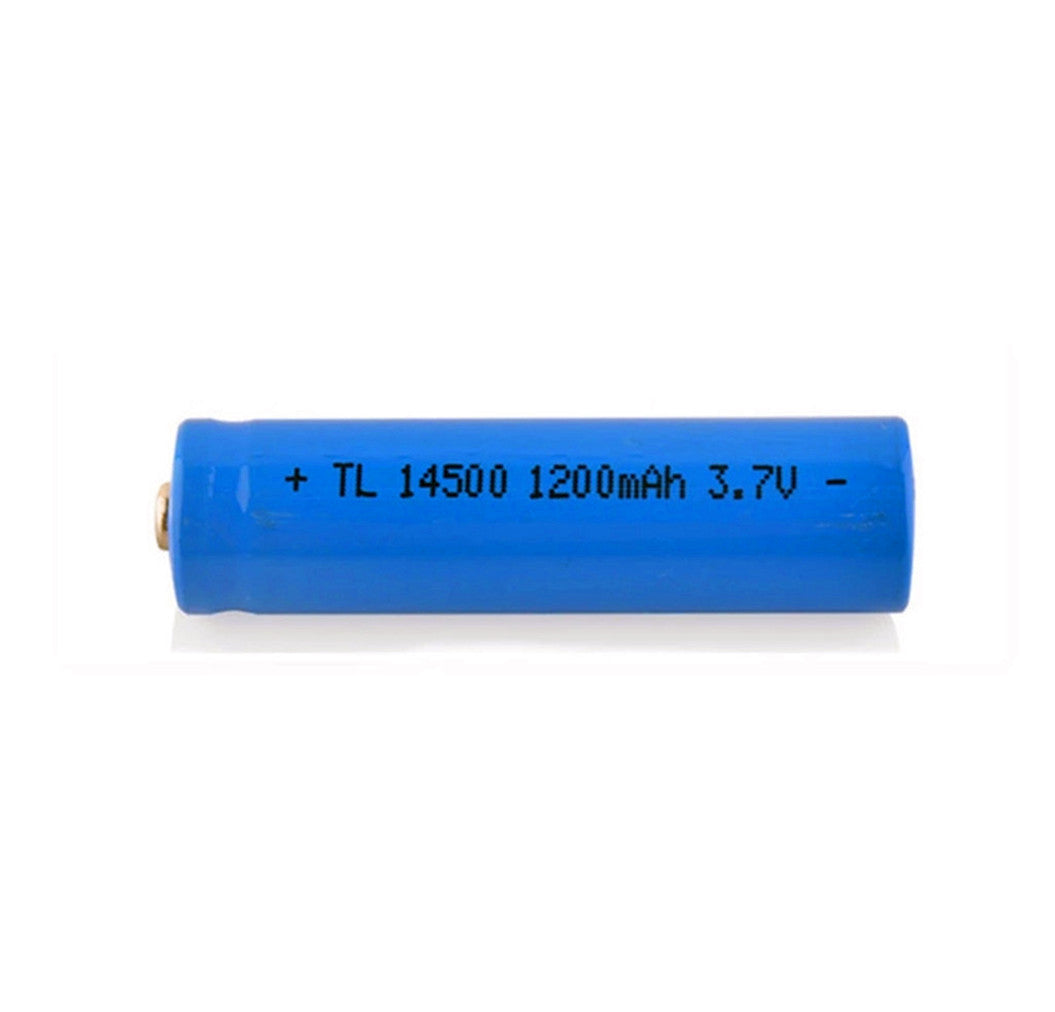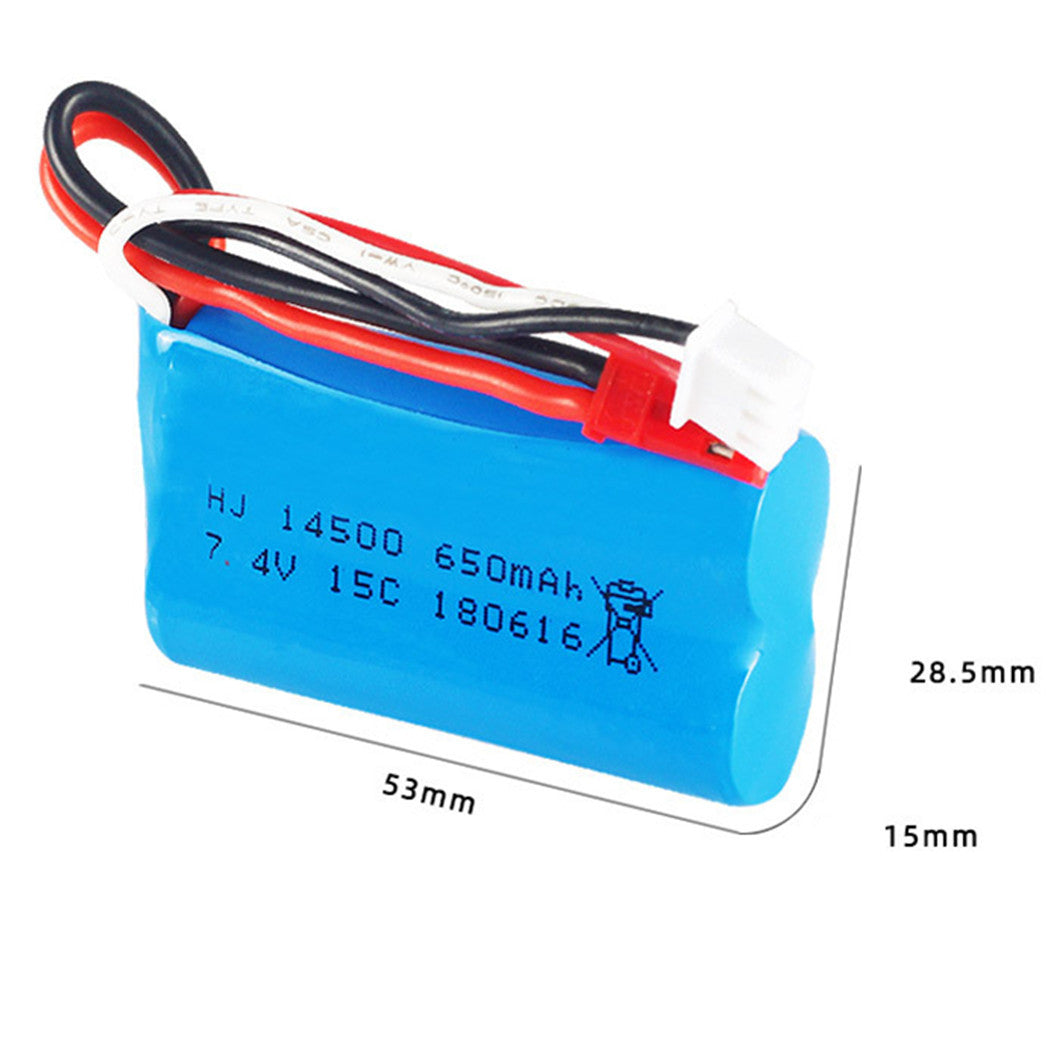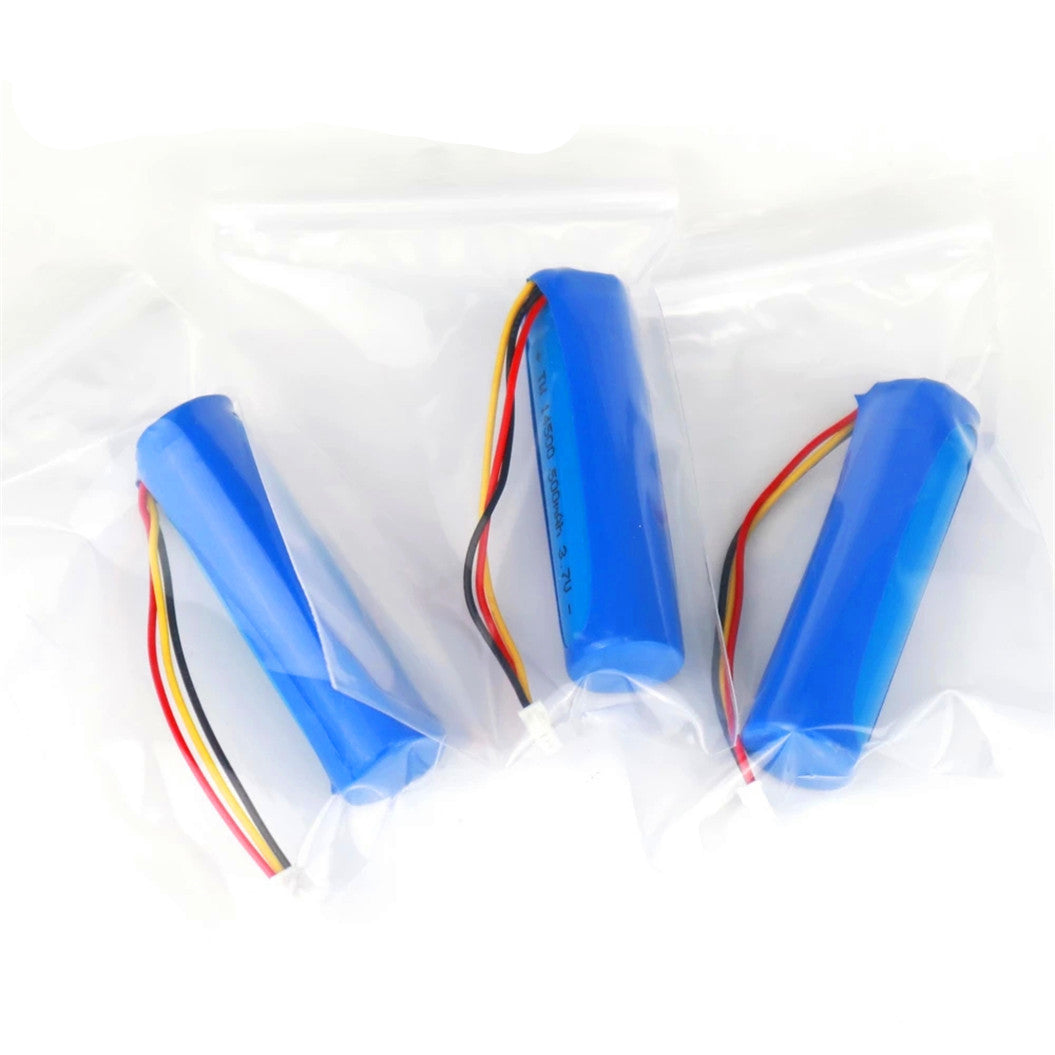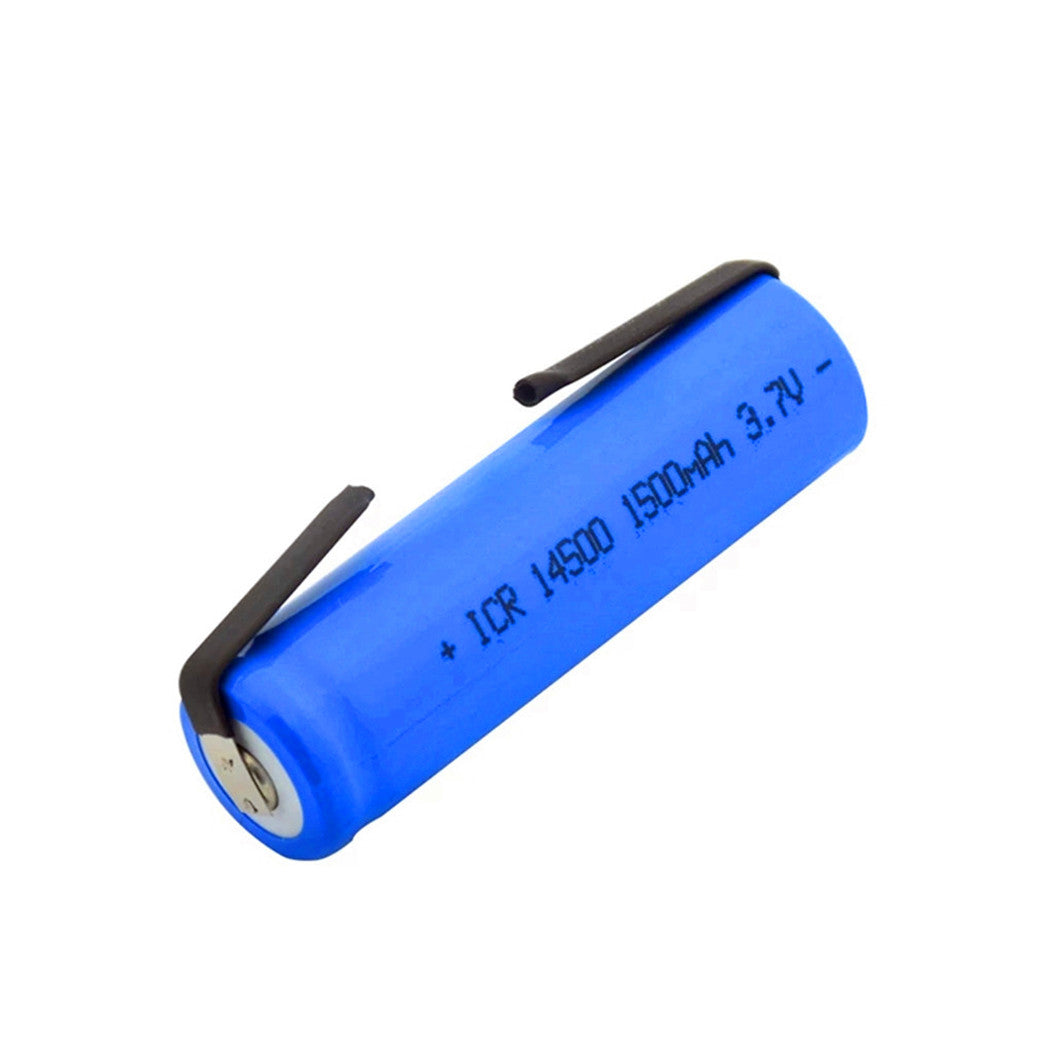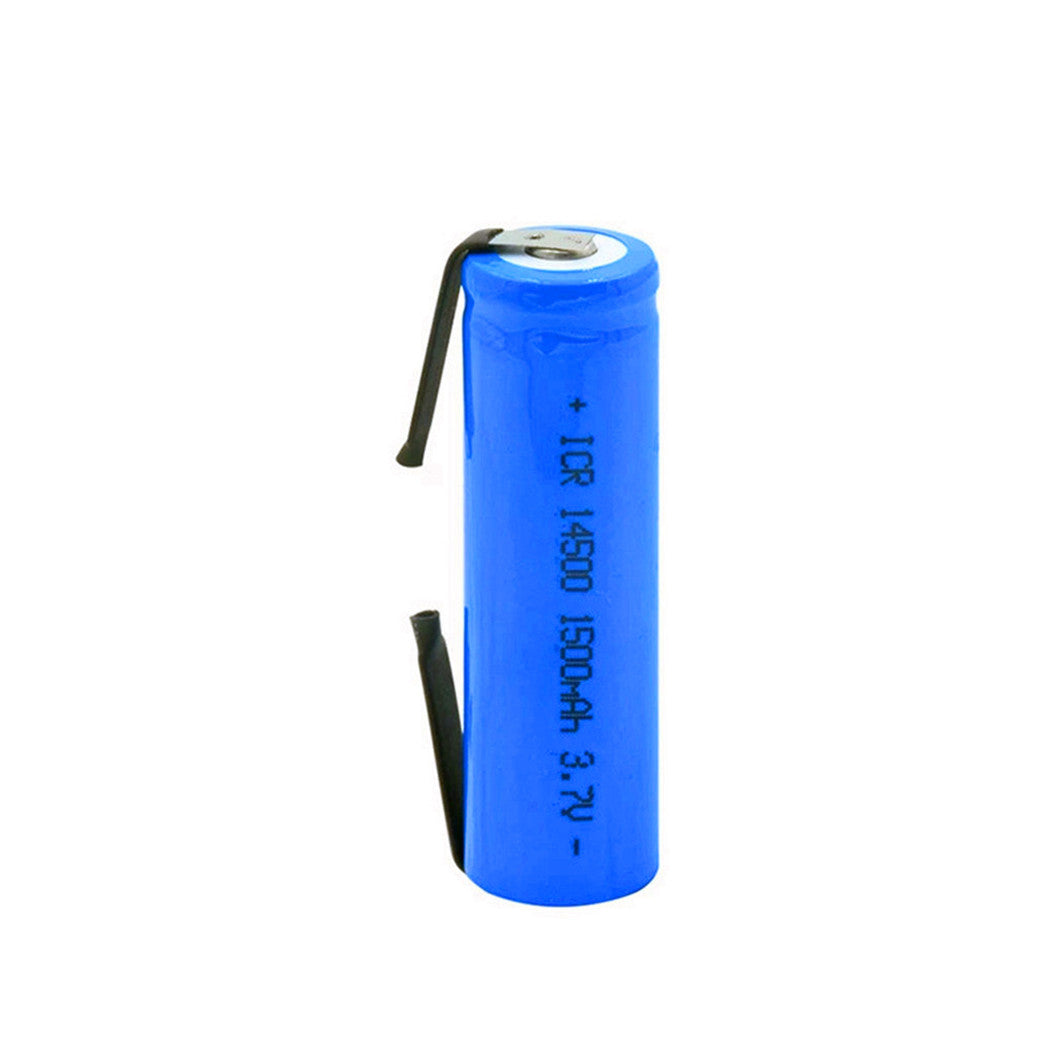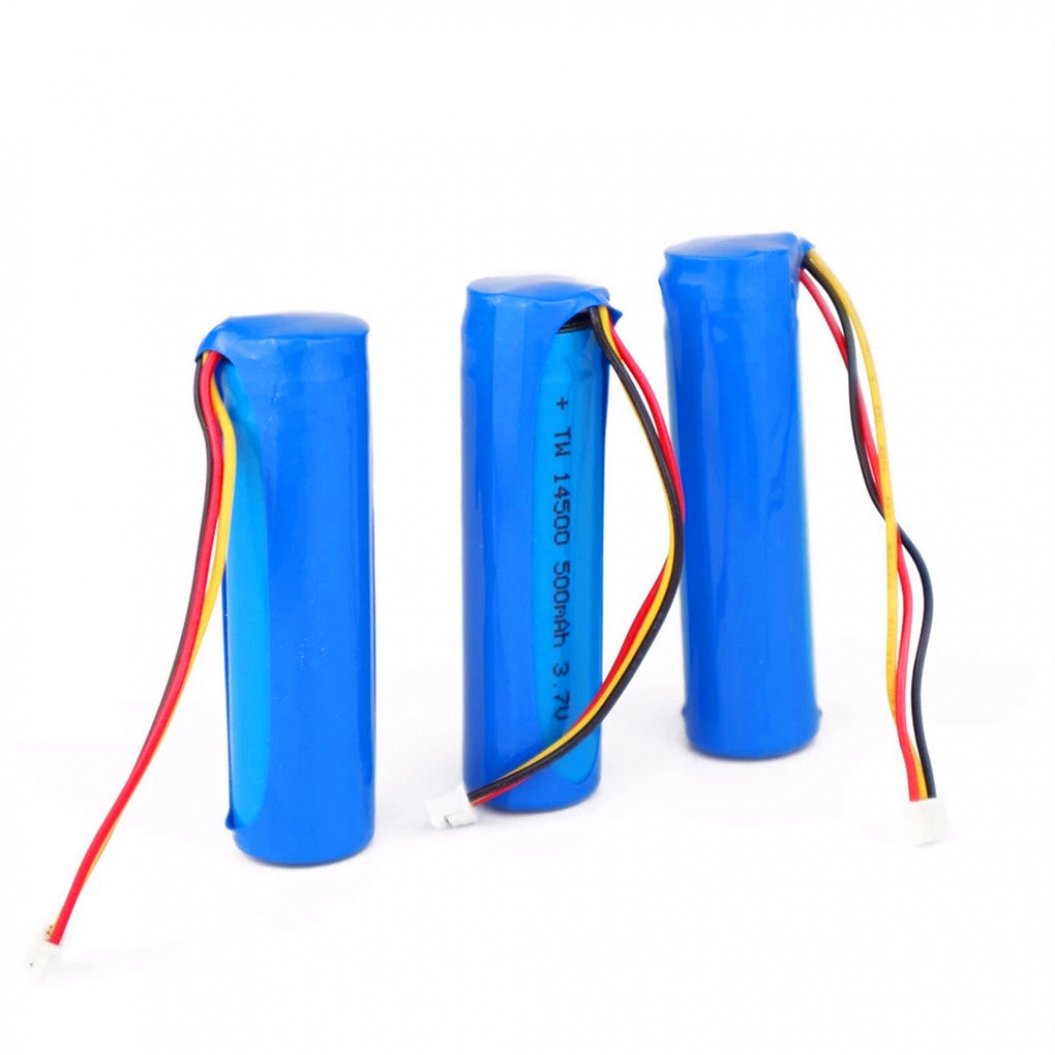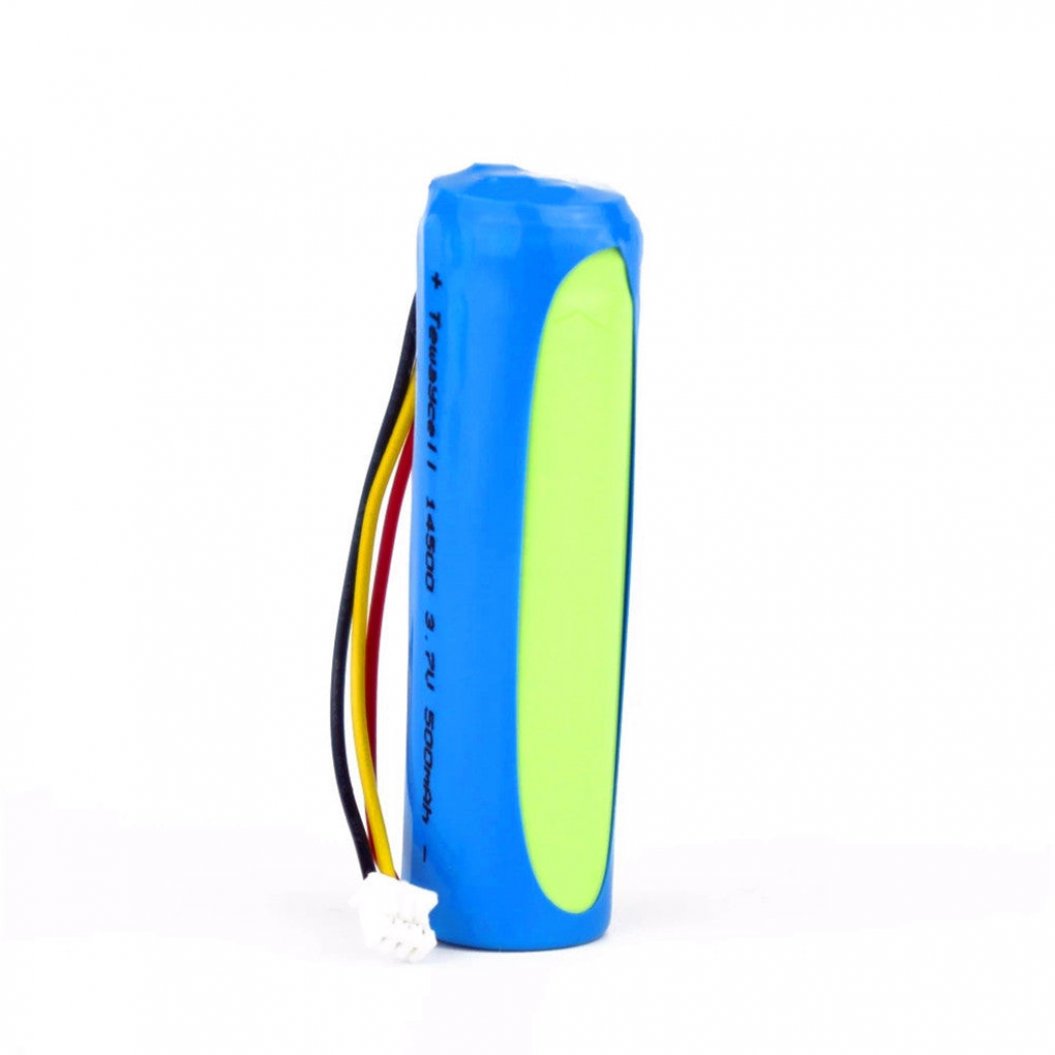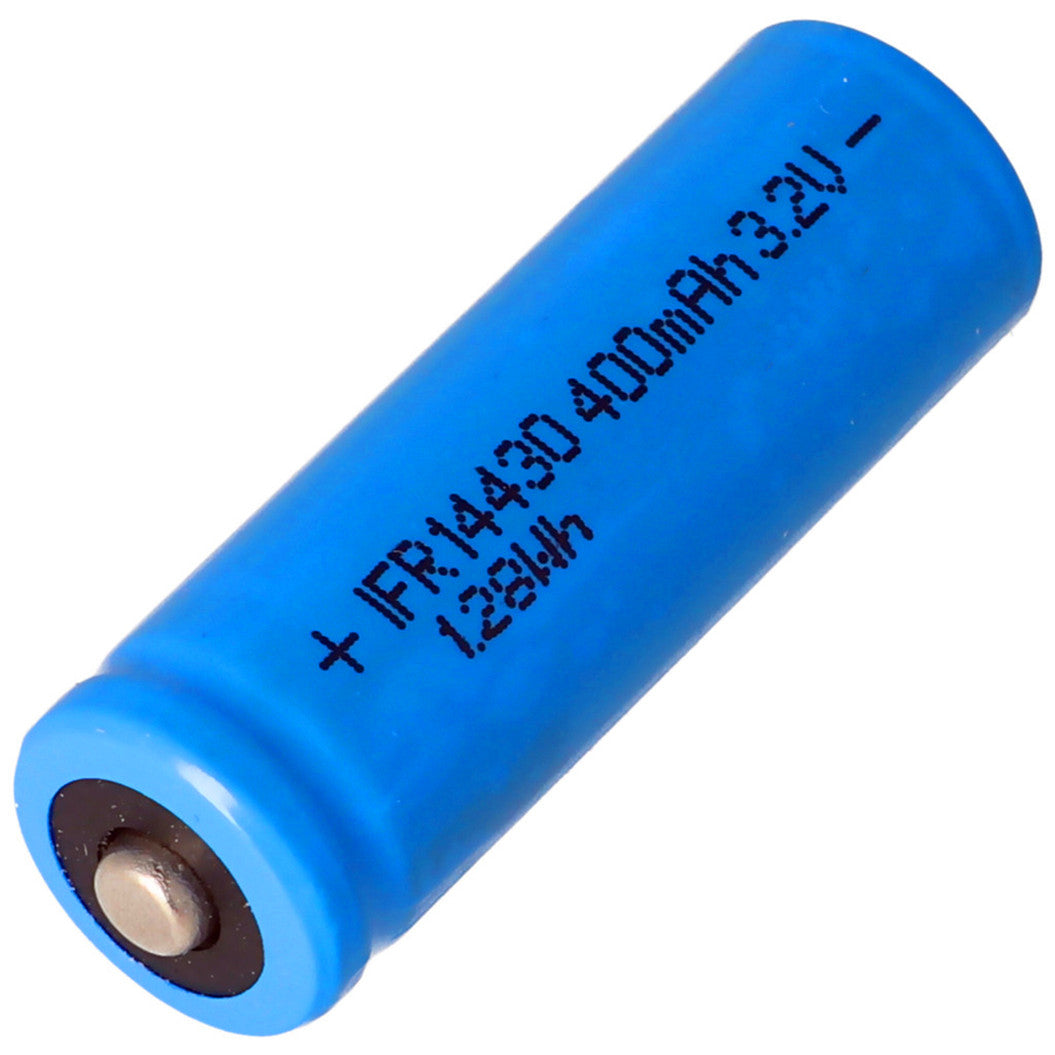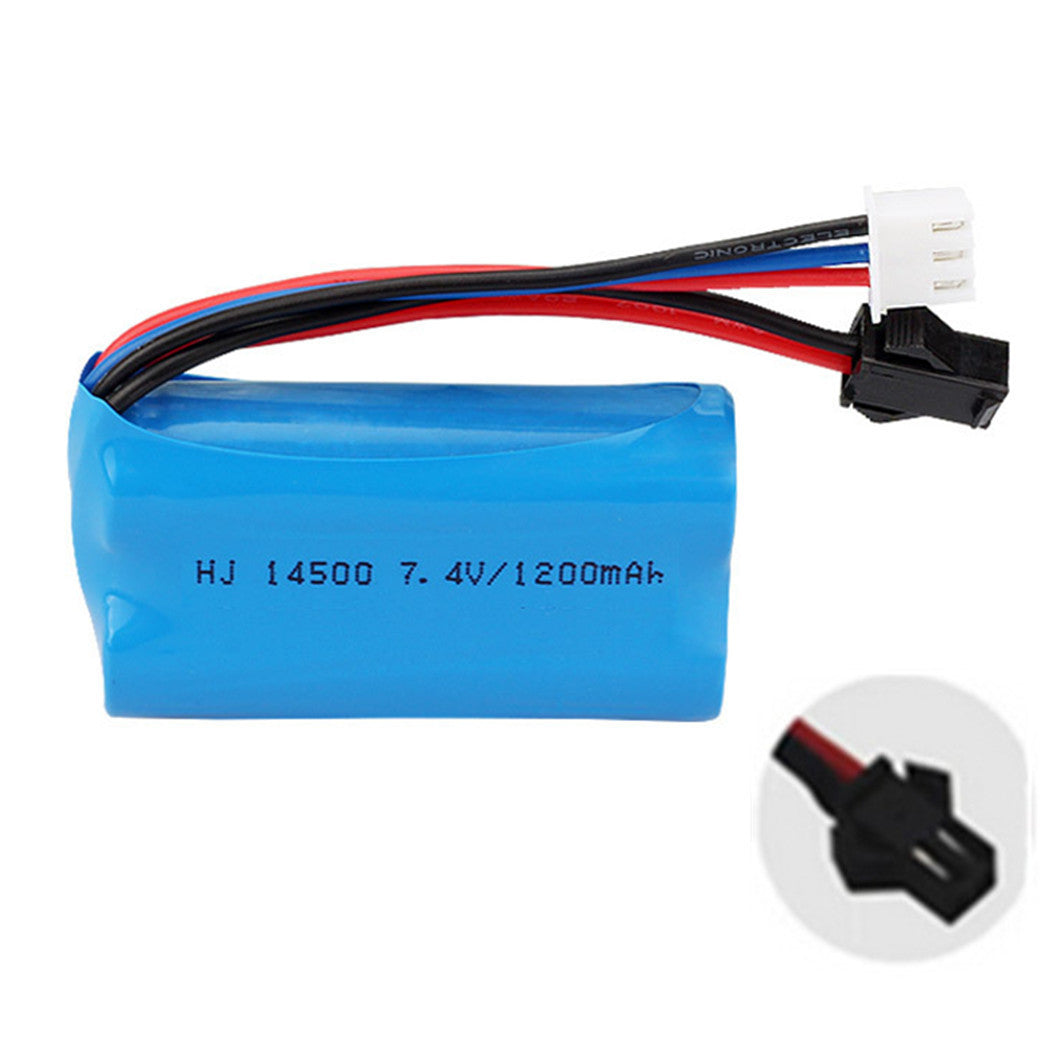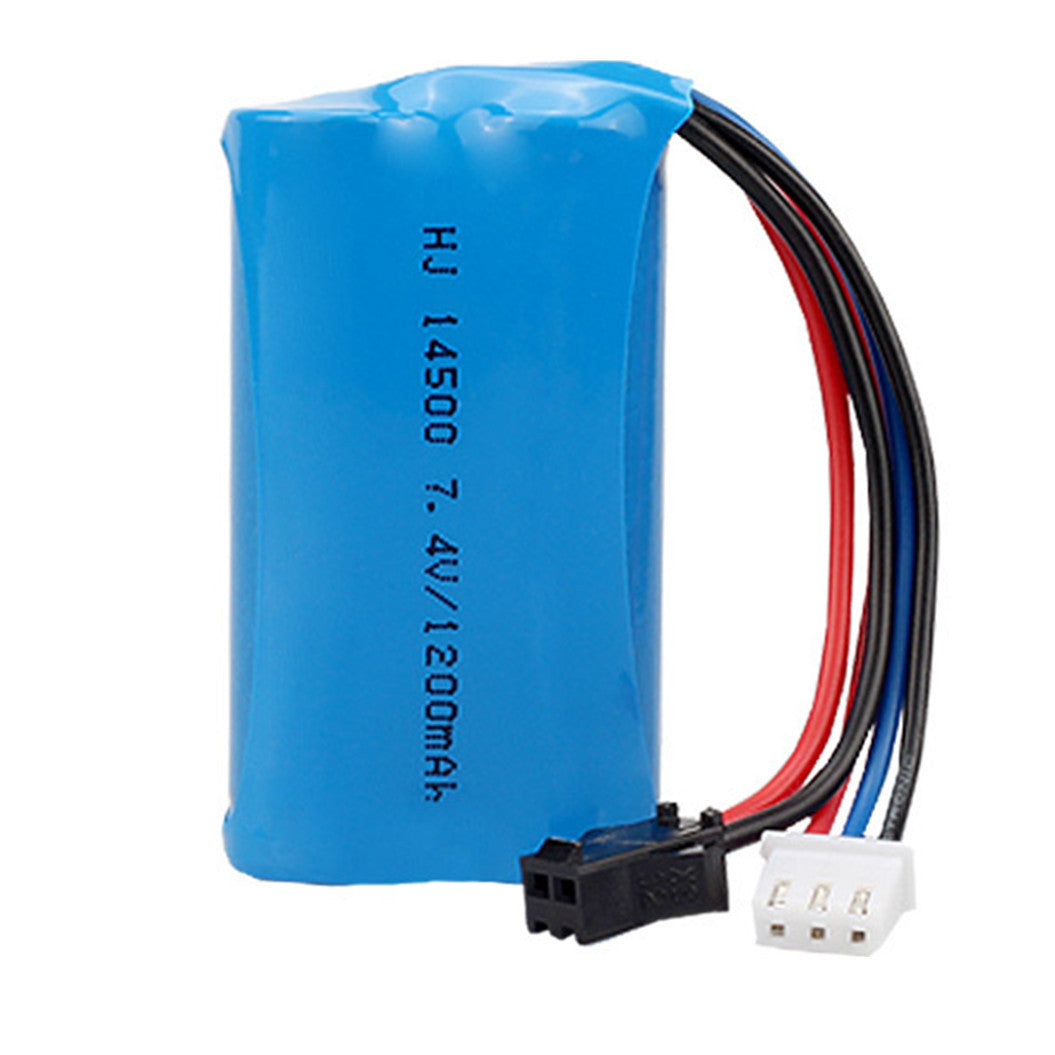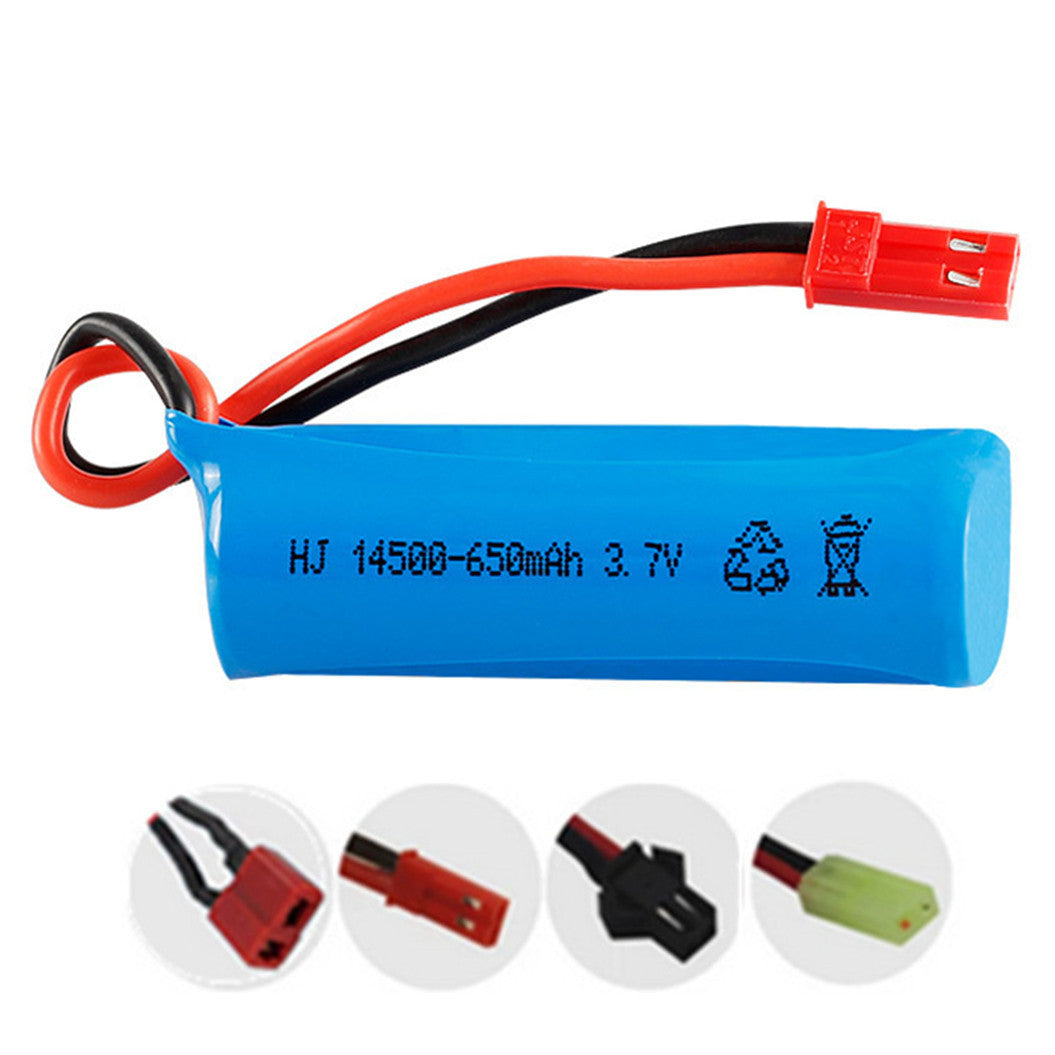-
Vendor:BATTERYINT
2pcs 3.7V 680mAh US14500VR2 Li Ion Battery for Electric Welding Toothbrush, Razor, Hair Clipper
- Regular price
- $10.79
- Regular price
-
- Sale price
- $10.79
- Unit price
- per
2 pieces us14500VR2 14500 3... -
Vendor:BATTERYINT
3.6V 14500 2000mAh Li-SOCl2 AA Size ER14505 Battery Cells For Mac Computer Remote Control Flashlight
- Regular price
- $7.99
- Regular price
-
- Sale price
- $7.99
- Unit price
- per
3.6V 14500 2000mAh Li-SOCl2... -
Vendor:BATTERYINT
2 PIECES / LOT AA 14500 1200mah 3.7V lithium-ion rechargeable batteries
- Regular price
- $6.99
- Regular price
-
- Sale price
- $6.99
- Unit price
- per
2 PIECES / LOT AA 14500 120... -
Vendor:BATTERYINT
7.4V 650mAh 14500 li-polymer battery for U12A Syma 2310 Syma F1 Huajun YD712 YD921
- Regular price
- $13.00
- Regular price
-
- Sale price
- $13.00
- Unit price
- per
7.4V 650mAh 14500 li-polyme... -
Vendor:BATTERYINT
2pcs 3.6V 740mAh Battery for Braun Oral-B I06 I07 I08 I09 Toothbrush
- Regular price
- $13.99
- Regular price
-
- Sale price
- $13.99
- Unit price
- per
2pcs 3.6V 740mAh Replacemen... -
Vendor:BATTERYINT
3pcs/lot 14500 500mah 3.7V lithium ion rechargeable battery with NTC three wires
- Regular price
- $23.21
- Regular price
-
- Sale price
- $23.21
- Unit price
- per
3pcs/lot 14500 500mah 3.7V... -
Vendor:BATTERYINT
4 pcs IFR 3.2V LiFePo4 AA 600 mAh 14500 Rechargeable lithium-ion Battery
- Regular price
- $12.99
- Regular price
-
- Sale price
- $12.99
- Unit price
- per
4 pcs IFR 3.2V LiFePo4 AA 6... -
Vendor:BATTERYINT
2 pieces 14500 3.7V 1500mAh Li Ion battery with flashlight, torch, microphone, radio, gamepad headlight, 14500 Akku500
- Regular price
- $8.99
- Regular price
-
- Sale price
- $8.99
- Unit price
- per
2 pieces 14500 3.7V 1500mAh... -
Vendor:BATTERYINT
3 pieces 14500 500 mAh 3.7 V Li-Ion battery NTC three-wire
- Regular price
- $19.99
- Regular price
-
- Sale price
- $19.99
- Unit price
- per
3 pieces 14500 500 mAh 3.7 ... -
Vendor:BATTERYINT
IFR 14430 400mAh 3.2V LiFePo4 battery with head 43.8x14.2mm, unprotected
- Regular price
- $5.99
- Regular price
-
- Sale price
- $5.99
- Unit price
- per
IFR 14430 400mAh 3.2V LiFeP... -
Vendor:BATTERYINT
3 pieces 7.4V 1200mAh 14500 li-polymer battery for Electric Toys water bullet gun
- Regular price
- $14.00
- Regular price
-
- Sale price
- $14.00
- Unit price
- per
3 pieces 7.4V 1200mAh 14500... -
Vendor:BATTERYINT
2 pieces 3.7V 650mAh 14500 li-polymer battery for TKKJ H116 RC Boats helicopter for RC ToyS Cars
- Regular price
- $13.50
- Regular price
-
- Sale price
- $13.50
- Unit price
- per
2 pieces 3.7V 650mAh 14500 ...
Showing 1 -12 of 20 items
1. What Is the Difference Between 14500 and AA Batteries?
14500 and AA batteries are similar in size but differ in composition, voltage, and rechargeability. AA batteries can be either disposable alkaline (1.5 volts) or rechargeable NiMH (1.2 volts).
In contrast, 14500 lithium batteries have a higher voltage of 3.7 volts, providing greater energy density and power. While AA batteries include both disposable and rechargeable types, 14500 li ion batteries are typically rechargeable and can endure hundreds of charge cycles.
In contrast, 14500 lithium batteries have a higher voltage of 3.7 volts, providing greater energy density and power. While AA batteries include both disposable and rechargeable types, 14500 li ion batteries are typically rechargeable and can endure hundreds of charge cycles.
2. Can I Replace AA Batteries with 14500 Batteries?
You can replace AA batteries with 14500 lithium batteries in some devices, but consider a few factors before making the switch. The voltage difference is significant, as AA batteries deliver 1.5 volts while 14500 batteries deliver 3.7 volts, which can damage devices designed for lower voltages.
Ensure your device supports higher-voltage 14500 rechargeable batteries. The capacity (mAh) and discharge rate also differ, affecting device performance. Unlike disposable AA batteries, 14500 li ion batteries are rechargeable, so ensure you have the correct charger and follow the manufacturer's instructions.
Ensure your device supports higher-voltage 14500 rechargeable batteries. The capacity (mAh) and discharge rate also differ, affecting device performance. Unlike disposable AA batteries, 14500 li ion batteries are rechargeable, so ensure you have the correct charger and follow the manufacturer's instructions.
3. How Long Will a 14500 Li Ion Battery last?
The lifespan of a 14500 li ion battery depends on various factors, including usage, capacity, and maintenance. Typically, a 14500 li ion battery can last between 300 to 500 charge cycles. In terms of time, this could be anywhere from one to three years of regular use. Proper care, such as avoiding overcharging and extreme temperatures, can help extend the battery's lifespan.
4. How Do I Prevent My 14500 Battery from Swelling?
To prevent the expansion of the Model 14500 li ion battery, avoid overcharging, use a battery charger that matches the specifications of the battery, ensure that the battery is charged and stored at room temperature, and avoid deep discharging the battery.
Check the battery regularly for signs of damage and stop using the battery if it begins to swell to prevent rupture or leakage. If a battery is not going to be used for a long period, it should be stored in a cool, dry place with a charge level of about 50%.
Check the battery regularly for signs of damage and stop using the battery if it begins to swell to prevent rupture or leakage. If a battery is not going to be used for a long period, it should be stored in a cool, dry place with a charge level of about 50%.
5. How Do I Prevent My 14500 Battery from Rusting?
To prevent rusting of the Model 14500 Lithium-ion Battery, ensure that the battery is stored in a dry environment away from moisture and humidity. Storage in a moisture-proof container or bag may provide additional protection.
Also, inspect the battery casing regularly for damage, as cracks or damage to the casing can allow moist air to enter and increase the risk of rusting.
Also, inspect the battery casing regularly for damage, as cracks or damage to the casing can allow moist air to enter and increase the risk of rusting.
6. How Do I Prevent a 14500 Battery from Leaking?
To prevent leakage of the 14500 lithium batteries, select high-quality batteries and charge them properly with a charger suitable for the model. Avoid overheating, physical damage, or exposing the battery to extreme temperatures. Inspect the battery regularly for damage or unusual expansion, and stop using it immediately if you find a problem.
If the 14500 rechargeable battery is not to be used for a long period of time, store it in a cool, dry place and keep it between 30 and 50 percent charged to avoid leaving it in a fully discharged state for long periods of time. These measures will effectively reduce the risk of battery leakage.
If the 14500 rechargeable battery is not to be used for a long period of time, store it in a cool, dry place and keep it between 30 and 50 percent charged to avoid leaving it in a fully discharged state for long periods of time. These measures will effectively reduce the risk of battery leakage.
7. What Is the Difference Between a 14500 Battery and an 18650 Battery?
The main differences between 18650 and 14500 batteries are size and capacity. 18650 batteries come in standard sizes of 18mm in diameter and 65mm in length, while 14500 rechargeable batteries are similar in size to AA batteries, with a diameter of 14mm and a length of 50mm.
In addition, 18650 batteries typically have a higher capacity, ranging from 1800mAh to 3500mAh, while 14500 batteries typically have a capacity between 700mAh and 900mAh. This means that while 18650 batteries can provide a longer life, their larger size makes them unsuitable for devices that require smaller batteries.
In addition, 18650 batteries typically have a higher capacity, ranging from 1800mAh to 3500mAh, while 14500 batteries typically have a capacity between 700mAh and 900mAh. This means that while 18650 batteries can provide a longer life, their larger size makes them unsuitable for devices that require smaller batteries.



